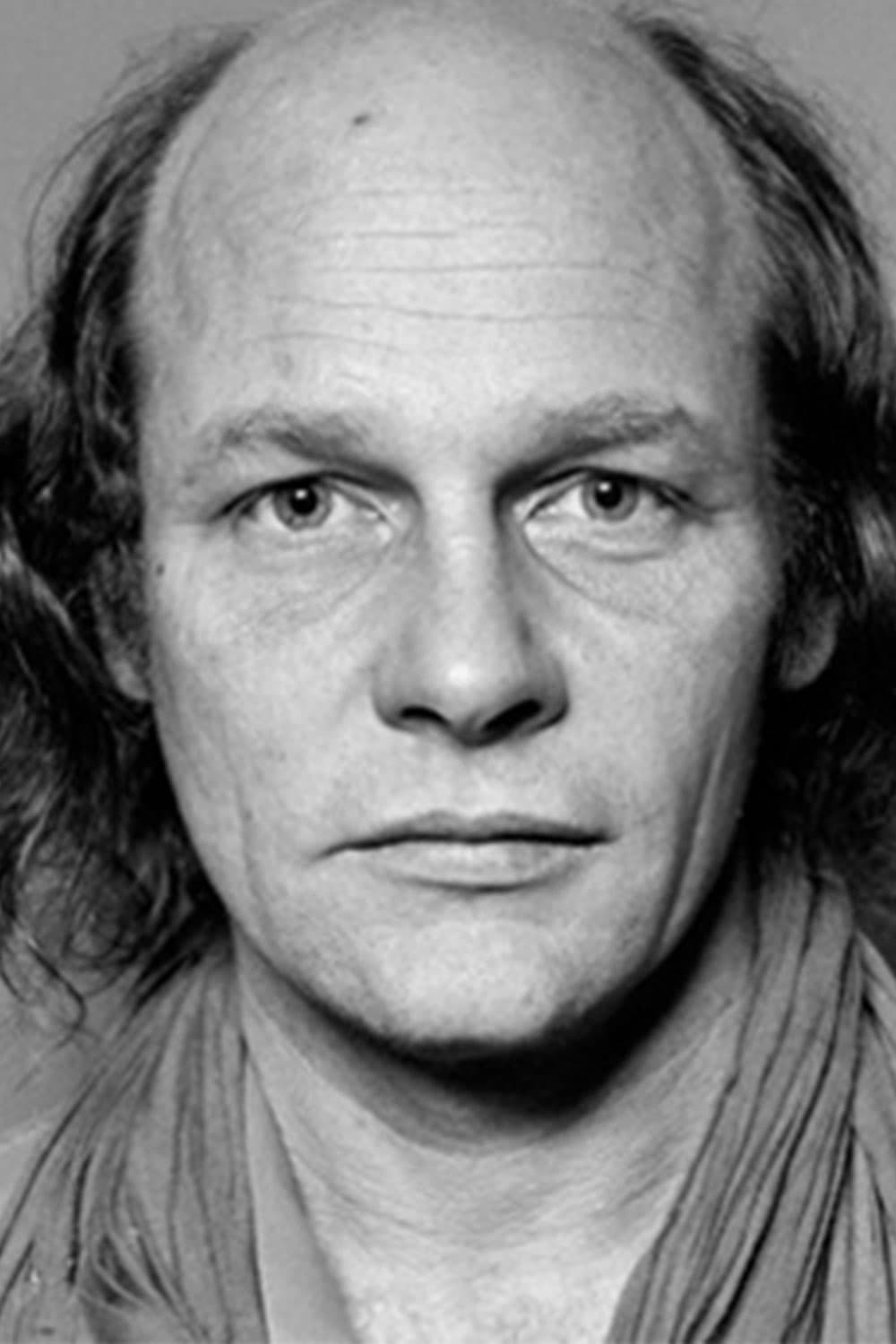
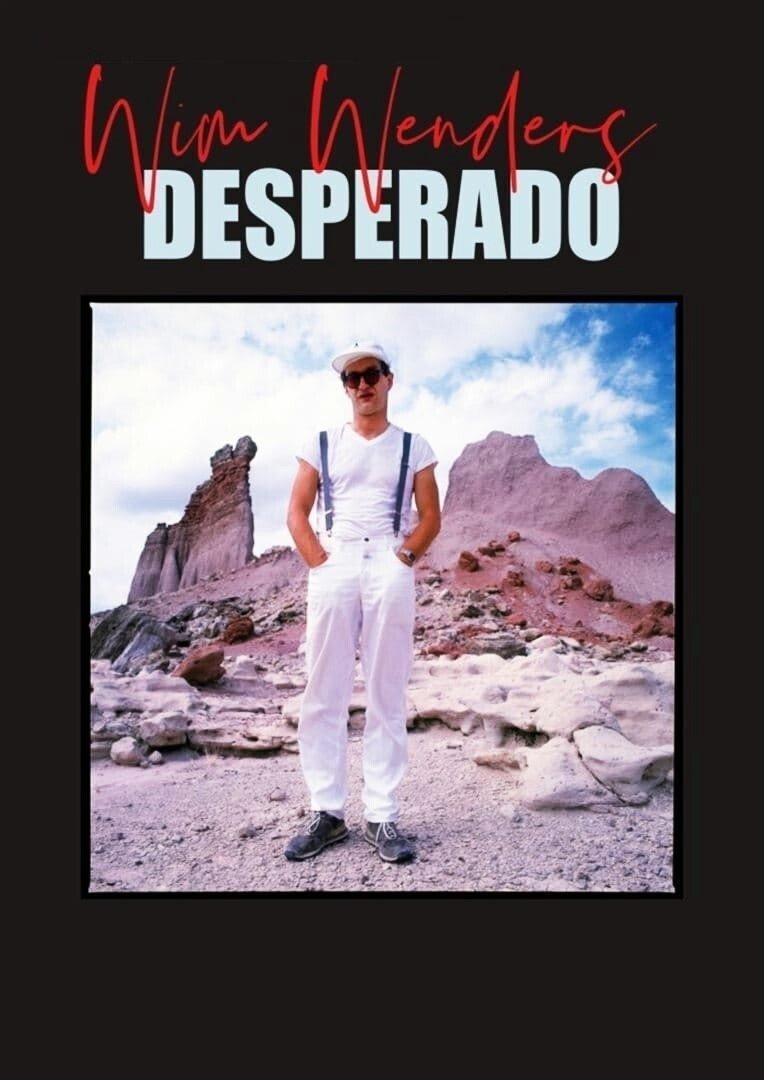
"Wings Of Desire" and "Buena Vista Social Club", "Paris, Texas" and "The State Of Things": Wim Wenders is considered one of the pioneers of New German Cinema and one of the most important and influential representatives of contemporary cinema. With never before shown archive material and extraordinary encounters with companions and contemporary witnesses such as Francis Ford Coppola, Willem Dafoe, Andie MacDowell, Hanns Zischler, Patti Smith and Werner Herzog, this documentary provides unique insights into the life and work of one of the most multifaceted artists of our times. Renowned documentary filmmaker Eric Friedler ("It Must Schwing. The Blue Note Story") and his co-director Andreas Frege were given the exclusive opportunity to portray Wenders for this film. From Dusseldorf to Paris, and all the way to the desert of Texas, the film traces iconic locations and decisive moments in Wenders' work as director, producer, photographer and author.
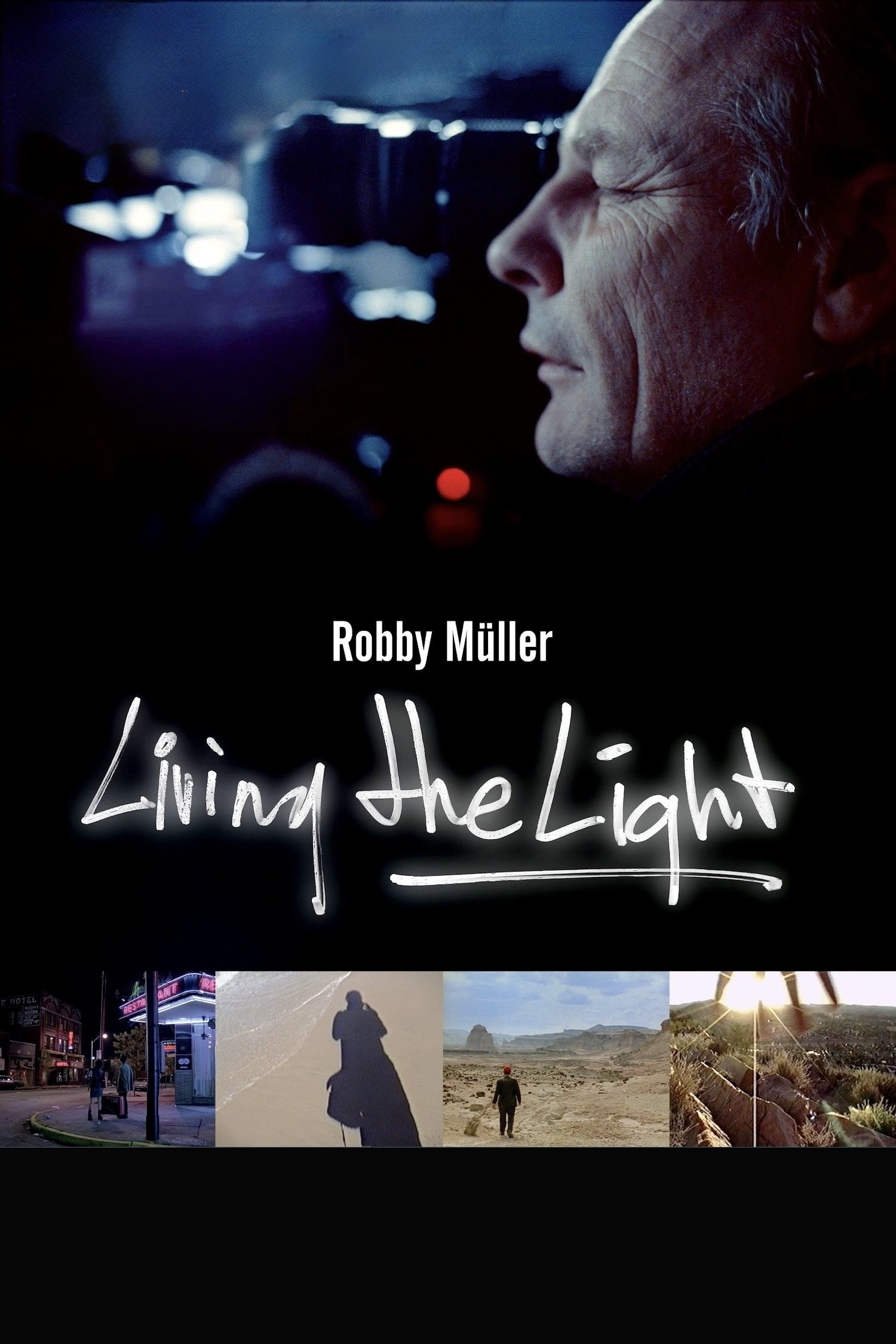
For her extraordinary film essay, Living the Light, Director and Director of Photography Claire Pijman had access to the thousands of Hi8 video diaries, pictures and Polaroids that Müller photographed while he was at work on one of the more than 70 features he shot throughout his career; often with long term collaborators such as Wim Wenders, Jim Jarmusch and Lars von Trier. The film intertwines these images with excerpts of his oeuvre, thus creating a fluid and cinematic continuum. In his score for Living the Light Jim Jarmusch gives this wide raging scale of life and art an additional musical voice.
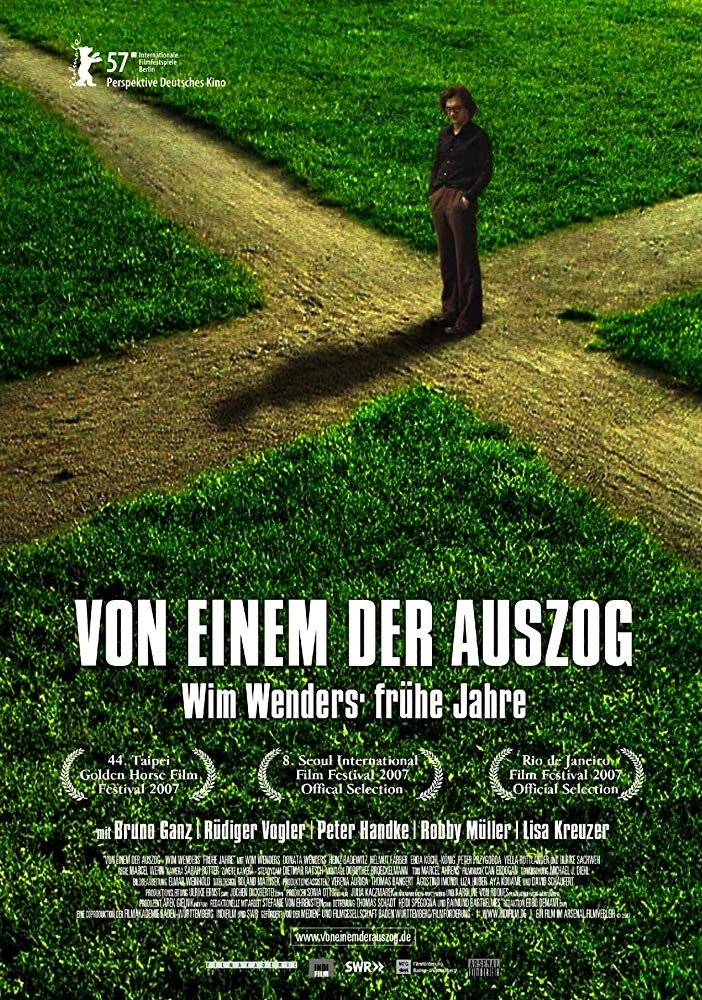
The early films of Wim Wenders are now regarded as landmarks of European film. Alice in the Cities, Wrong Move and Kings of the Road became foundations of the German New Wave and cemented the reputation of their director. In One Who Set Forth: Wim Wenders' Early Years Marcel Wehn explores the background to these films. Through personal recollection and rare home movie footage, it documents the director's early life, from experiments with his first camera, via his deviation from a career in medicine in favour of art and film, through to international recognition for the Road Trilogy. Central to these were themes that became cornerstones of all his work: national identity, the importance of personal relationships and the allure of the road. With contributions from the director and the many collaborators who helped define his vision, One Who Set Forth is a compelling account of Wim Wenders' life and work.
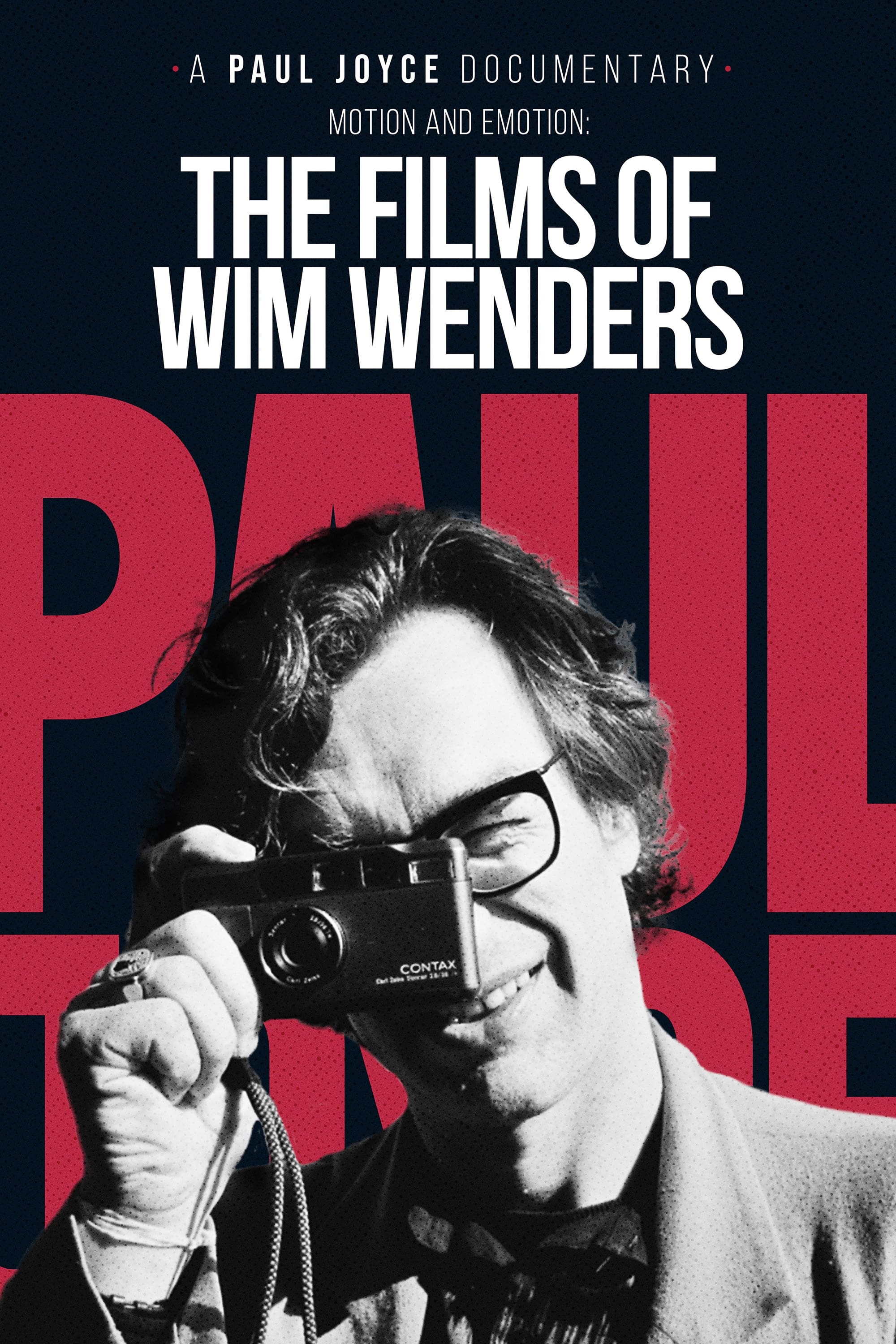
Though very polite and British, this feature-length documentary about German filmmaker Wim Wenders offers the most penetrating insights and the best overall critique of his work that I have encountered anywhere. Paul Joyce, who directed it, has also made documentaries about Nicolas Roeg, David Cronenberg, Nagisa Oshima, and Dennis Hopper, and he knows the conventional format well enough to get the most out of it. There are good clips and interesting commentaries from the interviewed subjects, who include Wenders himself, cinematographer Robby Muller, filmmaker Sam Fuller, novelist Patricia Highsmith, musician Ry Cooder, actors Harry Dean Stanton, Peter Falk, and Hanns Zischler, and critic Kraft Wetzel, who is especially provocative. A must-see for Wenders fans, highly recommended for everyone else. –Jonathan Rosenbaum, 1989
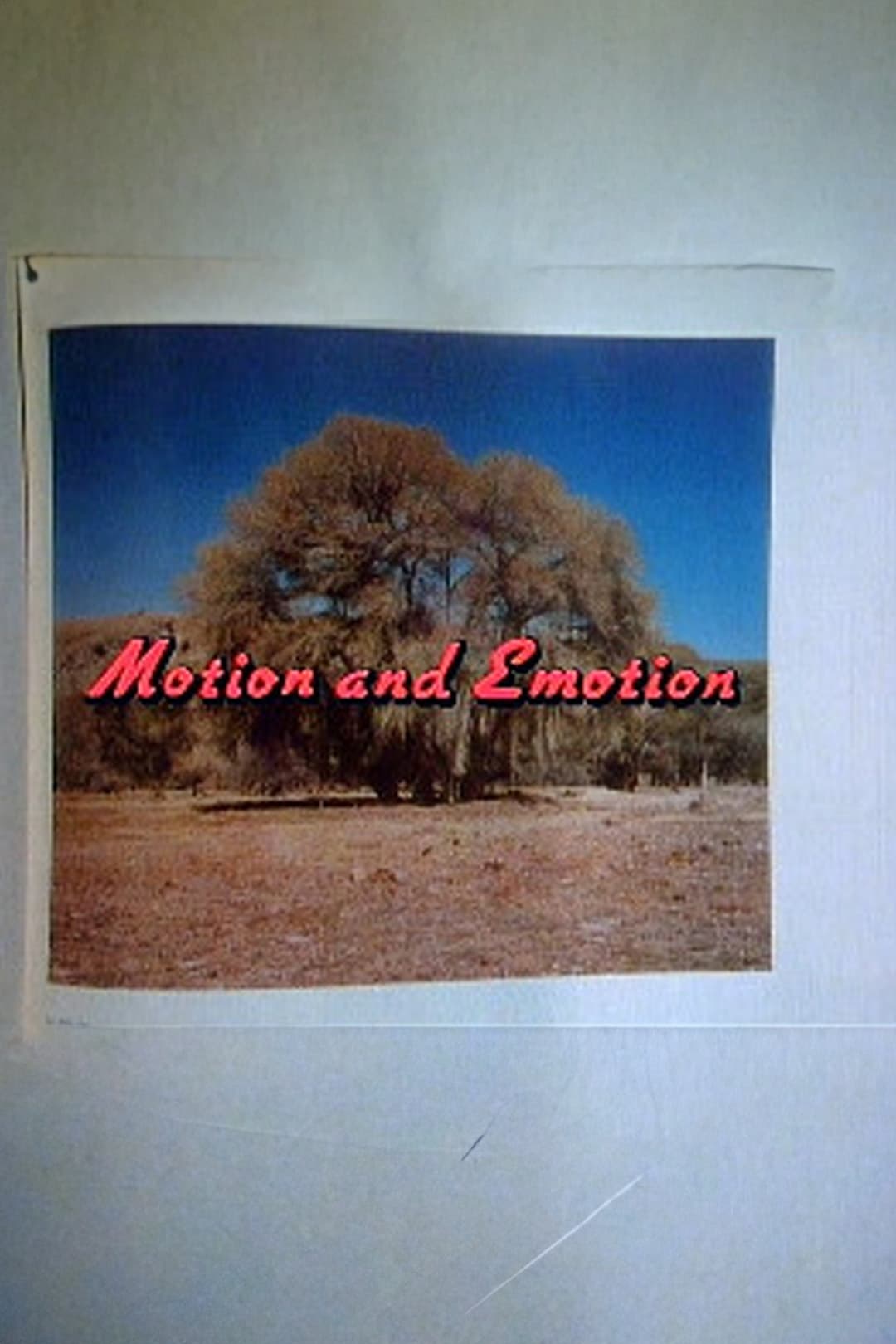
Documentary about the making of Wim Wenders' 1984 film, with interviews conducted in 1989.
Robby Müller (4 April 1940 - 4 July 2018) was a Dutch cinematographer. Known both for his use of natural light and minimalist imagery, as well as expressionistic use of colors, Müller first gained recognition for his contributions to West German Cinema through his acclaimed collaborations with Wim Wenders. Müller's first work as a cinematographer was also Wim Wenders' first as director, Alabama: 2000 Light Years. They went on making many more films together such as Summer in the City, The Goalie's Anxiety at the Penalty Kick, The Scarlet Letter, Alice in the Cities, Wrong Move, Kings of the Road, The American Friend, Wings of Desire, Until the End of the World and Paris, Texas. Throughout the course of his career, he also worked closely with directors Jim Jarmusch (Down by Law, Mystery Train, Dead Man, Ghost Dog: The Way of the Samurai), Lars Von Trier (Breaking the Waves, Dancer in the Dark), Peter Bogdanovich (Saint Jack, They All Laughed), Barbet Schroeder (Barfly, Tricheurs) and Hans W. Geissendörfer (Jonathan, The Glass Cell, Carlos, The Wild Duck, Der Fall Lena Christ, Die Eltern). Müller's other work has been on both mainstream productions and independent films, including the hazy, yellow-tinted cinematography of William Friedkin's To Live and Die in LA, Alex Cox's Repo Man, Michael Winterbottom's 24 Hour Party People, Andrzej Wajda's Korczak, Jerry Schatzberg's Honeysuckle Rose, Peter Handke's The Left Handed Woman, Sally Potter's The Tango Lesson, Dom Rotheroe's My Brother Tom and Steve McQueen's Carib’s Leap. Paul Thomas Anderson referred to Müller as "The master of night exteriors. Like a chef with a secret sauce. I can't quite figure it out." Barry Sonnenfeld recalls the first thing he and the Coen Brothers bonded over was Müller's The American Friend cinematography, which convinced the brothers that Sonnenfeld had good enough taste to shoot their first film (Blood Simple). Müller died on 3 July 2018, aged 78, having suffered from vascular dementia for several years.
By browsing this website, you accept our cookies policy.